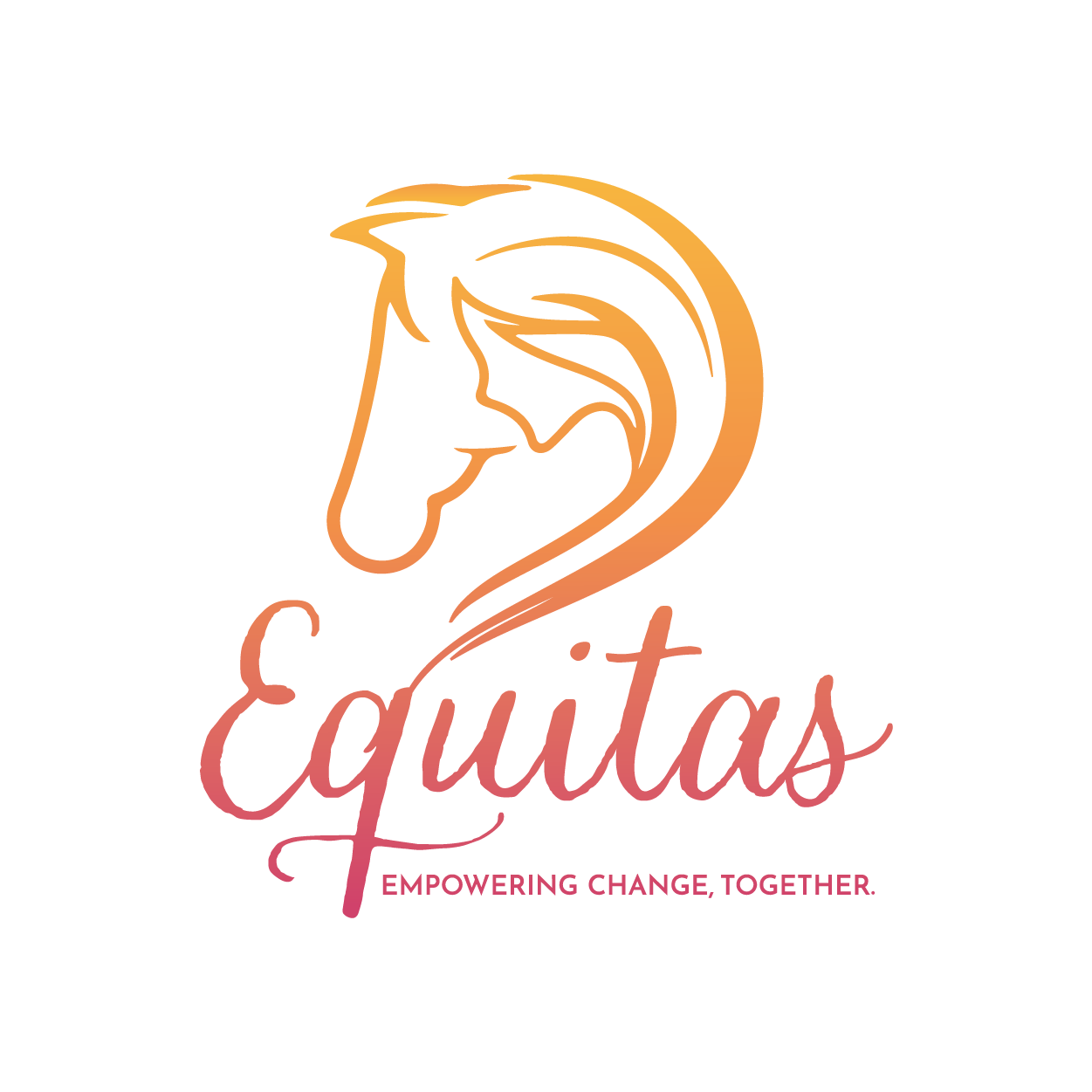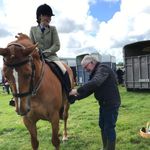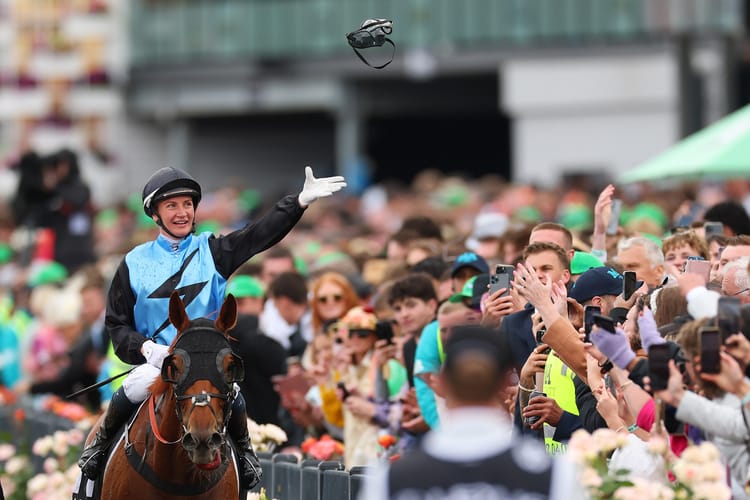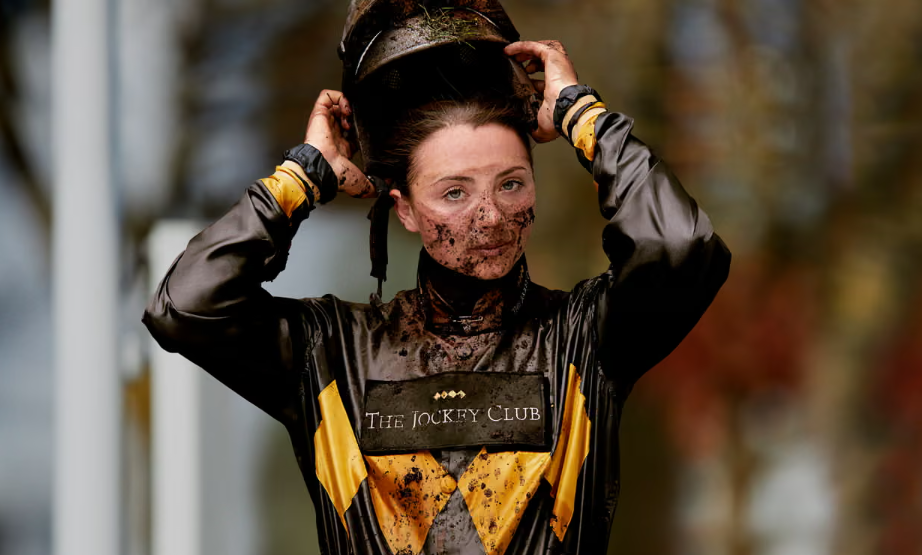Calling the Change: Gina Bryce, the Grand National, and the Quiet Revolution in Racing

The 2025 Grand National is over, and while the race itself always dominates headlines, it was a moment behind the microphone that stood out this year. Gina Bryce became the first woman in 73 years to join the BBC’s commentary team for the National, a small but significant step forward in a space still slow to change. The race itself was once again claimed by the Irish—Irish-trained, Irish-ridden, and a further reminder of how the balance of power at Aintree has continued to shift westward.
Bryce, well known from her work with Radio 5 Live and Sky Sports Racing, took up the call from Valentine’s Brook through to the Melling Road. The move wasn’t about tokenism or box ticking—this was a long-time broadcaster with deep racing knowledge finally being given part of the biggest job in the sport. It was fitting, overdue, and long needed. She didn't flinch. She told it straight, with clarity and control. She wasn’t there to take over the race. She was there to handle a stretch and handled it well.
It’s almost absurd that her involvement needed to be "historic" in the first place. The last time a woman commentated on the Grand National was 1952, when Aintree’s eccentric owner Mirabel Topham appointed herself and a few friends to do the job in a spat with the BBC. It was a shambles—winner Teal was called as a faller at the first. That misstep hung over female commentators in racing for decades. Until now.
Women in racing have spent years clawing space in an industry that still acts like it’s doing them a favour. It was only in 1970 that Diane Crump broke through to become the first woman to ride in the Kentucky Derby, a race she needed a police escort to get to. She finished fifteenth, but the fact she lined up at all was the win. Her place in history isn’t about the placing—it’s about breaking the wall down.
The US has seen its own landmark moments since, though not without struggle. Emma-Jayne Wilson became the highest-earning female jockey in history last summer, overtaking Julie Krone’s long-held record. Wilson’s career has never relied on noise or narrative. She just rode horses well, again and again. But just months after hitting that peak, she suffered a serious fall—fracturing her neck and pelvis at Woodbine. She's now in recovery. Her achievements remain untouched, but her absence in the saddle is felt.
Back in New York, Katie Davis McCarthy quietly resumed her career last year after stepping away to start a family. She’s returned to the track with the same competitiveness she left with, slotting back into a circuit that doesn’t slow down for anyone. There's little fanfare around her, but she rides smart and shows up ready. Like most women in the weighing room, she gets on with the job without fuss or entitlement.
Rachael Blackmore’s win on Minella Times in the 2021 Grand National remains one of the most important moments in the race’s history. She became the first woman to win it in 182 years, a milestone that transcended the sport and altered the way people viewed the weighing room. It wasn’t a fluke or a fairy tale. She judged the race to perfection and the result was exactly what it should have been—a deserved victory for a world-class rider.
In British racing, the numbers remain modest. Female jump jockeys still take just 6.5% of total rides, though research covering more than 52,000 races shows their win rates are virtually identical to men’s—10.7% versus 11.3%. The difference lies not in ability, but opportunity. Hayley Turner, one of the country’s most recognisable female riders, became the first woman to ride 100 winners in a calendar year in 2008 and has since won Group 1s on both sides of the Channel. Like many others, she had to be twice as good to get half the chances. The legacy of riders like Turner, and performances like Blackmore’s, continues to pressure the system.
This generation knows its place has been earned, not granted. There’s no shortage of ability, only opportunity. British racing still lacks a full-time professional female race caller. Gina Bryce’s inclusion wasn’t about promotion—it was about letting someone good enough do the job. She spent weeks preparing, watching old Nationals, memorising fence positions and rhythms, knowing one misplaced phrase could be weaponised. There was pressure, and she carried it.
In the post-race coverage, she returned to more familiar ground—interviewing winning connections, drawing out moments from a packed afternoon. Her stint on the microphone won’t be a one-off. It can’t be. The only way to normalise women in these roles is to keep giving them to women, until no-one needs to write about it at all.
What Bryce did wasn’t revolutionary in skill, but it was in visibility. She stood there because she was capable, not because someone needed a headline. That’s the shift. It's also a reminder that the sport moves slowly, but it does move.
The Grand National remains the most-watched horse race on the calendar. It’s a race where the margins are unforgiving, the stories usually written in mud and sweat. But this year, a different sort of history was made—a quieter kind. The sort that doesn’t fade with the finishing order.
In the stands and on screens, someone young was listening to a woman calling fences she’d once only heard men describe. That matters. You can’t become what you can’t see. And on Saturday at Aintree, for a few precious seconds, they saw it—and heard it—clearly.





